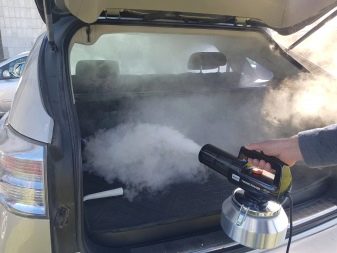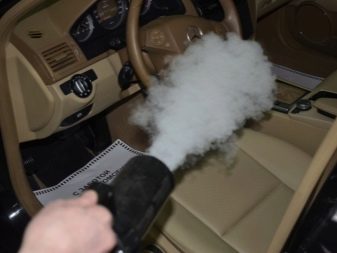All about dry cleaning
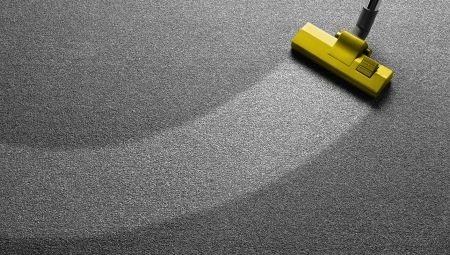
Any thing tends to get dirty over time. Dust, stains, stubborn traces of food and liquids look unaesthetic and must be disposed of as soon as possible. Dry cleaning can help with this, which can be carried out both by specialists at home or in the company's office, and at home with your own hands.
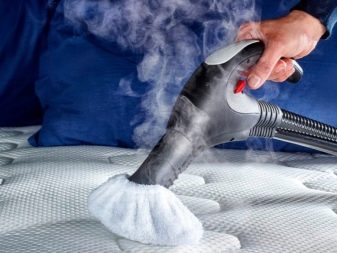
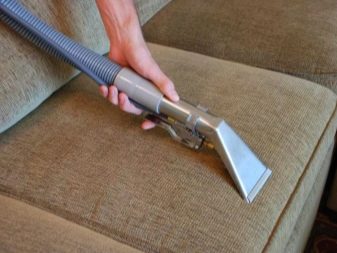
What is it and what is it for?
Dry cleaning is a method of cleaning clothes or furniture and household items without the use of water. It's no secret that some things cannot be washed. They can only be cleaned dry. In addition, dry cleaning is the only available cleaning method for items that are physically unable to fit into the washing machine due to their size.
Dry cleaning is recommended for the following types of fabrics:
-
silk;
-
cashmere;
-
fine knitwear;
-
suede leather;
-
velvet;
-
leather;
-
wool;
-
angora.
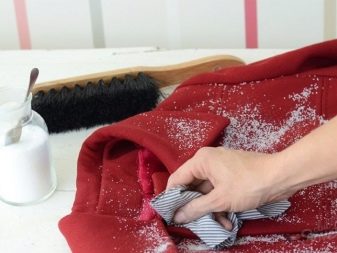
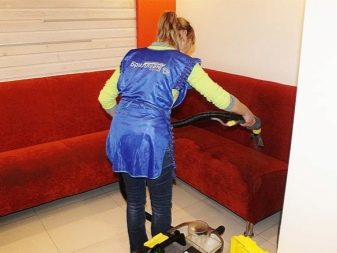
This cleaning method is suitable for:
-
carpet;
-
carpet;
-
upholstered furniture - a sofa, armchairs, ottomans;
-
upholstered chairs;
-
mattress and pillows;
-
curtains;
-
down jackets for children and adults.
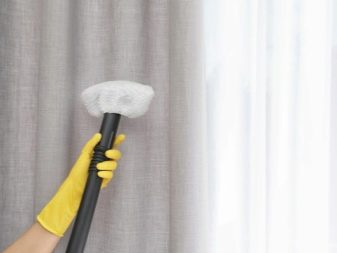

Dry cleaning has many advantages over traditional washing.
-
Doesn't damage things... For example, washing down jackets in a typewriter is strictly not recommended. The filler will collapse, the product will look ugly, the main thing is that it will stop heating. Dry cleaning will keep your clothes looking good and will not deform them.
-
it budgetary cleaning method. Most dry cleaning products and stain removers are cheap. Some may already be in your home. Of course, contacting specialists will cost much more.
-
Saves time. After dry cleaning, the item does not need long-term drying and thorough ironing, as after traditional washing. In addition, dry-cleaned items retain their color much longer.

As for the disadvantages, there are two main disadvantages.
-
Inability to remove some stains on your own. If there is a very old stain on your clothes, and it has already eaten into the fibers, then you may not be able to cope with it yourself. In many cases, housewives cannot remove the old unpleasant smell from things with their own hands.
-
The likelihood of picking the wrong product... Before starting the cleaning process, it is important to make sure that the product is suitable for the material of the garment or item. Otherwise, the fabric may be damaged.
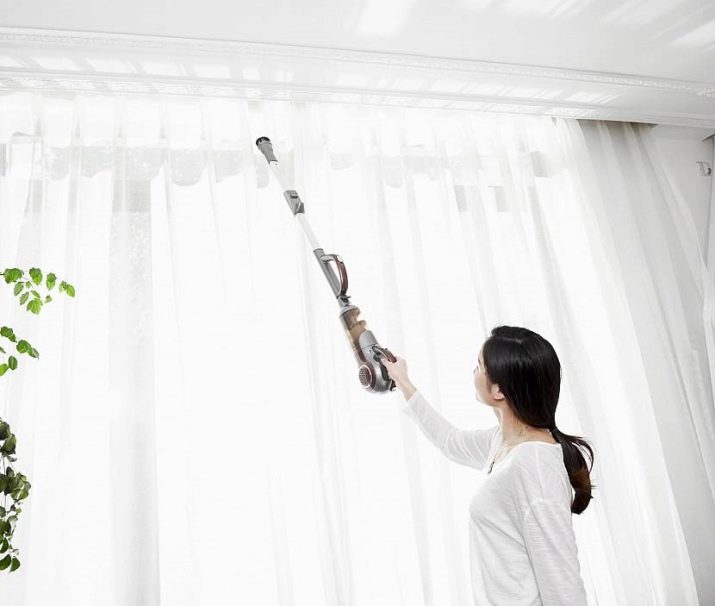
How is it indicated on the labels?
When releasing clothes or furniture for sale, the manufacturer must supply his goods with a tag indicating how to clean the item. Let's consider several popular designations.
-
Circle... Such a pattern means that the thing can be cleaned dry, but no chemicals can be used.
-
Circle with strikethrough. This designation indicates that such a thing, in general, cannot be taken to dry cleaning.
-
Letter A inside a circle... Cleaning with any cleaning compound is acceptable.
-
Letter F inside a circle... This item can be cleaned with chemicals containing freons or white spirit.
-
The letter F is inside the circle, there is an underline strip at the bottom. This designation indicates that the thing should be cleaned carefully, with dosed use of funds.
-
The letters A, F in a circle, at the bottom there is a double underline. Such fabric requires gentle and very careful handling.
-
The letter P is also in a circle... This designation suggests that dry cleaning must be carried out with products containing perchlorethylene.

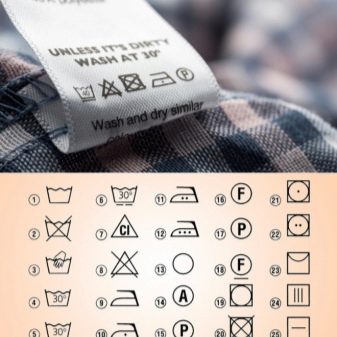
Main steps
Dry cleaning is usually carried out in several stages. Let's take a closer look at each of them.
Inspection
Before proceeding with the procedure, the thing is carefully examined. The specialist determines the type of fabric, the possibility of cleaning itself and the use of special products. After that, the client is issued a receipt with which he will come to pick up the item from the dry cleaning.

Preparation
If there are several things, they are carefully sorted so that the fabrics do not stain each other during processing. All found stains are removed with safe products even before dry cleaning.
Professional salons use products that are safe for people and animals and do not cause allergic reactions.
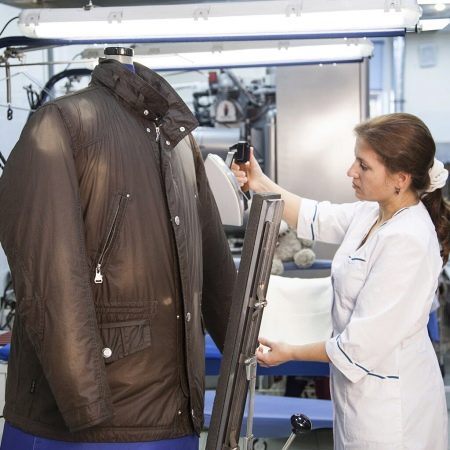
Dry cleaning
When all the stains are removed and the clothes are prepared for the procedure, they are sent to special dry cleaning machines. Such units have large drums, where steam is supplied under pressure.
In addition to water droplets, such steam necessarily contains cleaning agents, each of which is selected for a specific type of fabric.

Drying
After the dry cleaning has come to an end, the salon specialists dry the clothes. In this case, the temperature can be different, it depends on the material, its properties. Basically, the indicators fluctuate between 25 and 50 degrees.
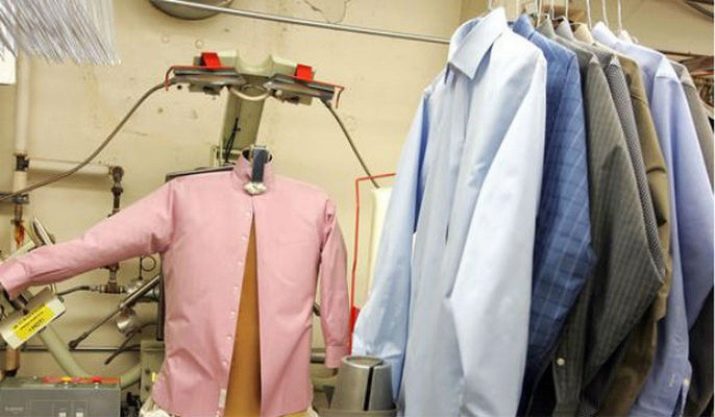
Finishing
The last stage of dry cleaning is called finishing. Employees pick up the dried item, steam it off. If additional ironing is required, it will certainly be done. In addition, a specialist will examine the clothing for damage. If they are found, they will carry out minor cosmetic repairs.

How to do it at home?
If there is no time to carry the item to dry cleaning (and such procedures usually take 5 to 7 days), or you just want to clean the item yourself, then there is good news: dry cleaning is easily done at home. For this, you can use both folk and chemical remedies. Let's consider each of the options in more detail.
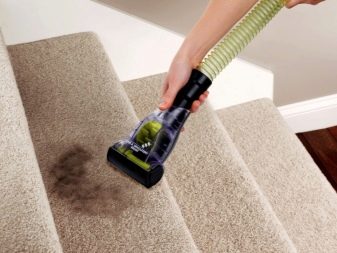
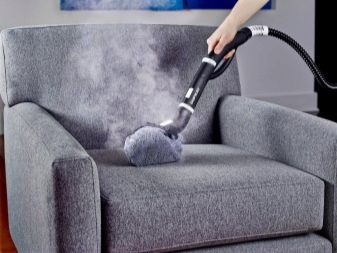
Traditional methods
Most folk remedies, when properly selected, are generally not capable of ruining clothes. The main thing is to find out in advance whether such a product is suitable for your type of fabric. Here are some options.
-
Scotch... Such a stationery will perfectly remove dirt from the skin. Just stick it to your clothes and then tear it off sharply. Important: the method will turn out to be dangerous if the thing is badly worn.
-
Starch... It works well against stains caused by grease-based formulations. A small amount of the product is simply poured onto the thing, wait a few minutes, and then brush it off. Repeat the procedure if necessary. Starch is most often used on fur and woolen items.
-
Brush... The brush is ideal for cleaning rough fabrics such as denim. You don't have to wash stained jeans, just brush over the stains.
-
Iron... A hot iron can quickly remove oil stains. Place a dry cloth over the stain, then iron on both the outside and the wrong side of the stain. Important: the temperature of the iron should not exceed the maximum allowed for your type of fabric.
-
Soda... Every housewife has this substance. Sprinkle baking soda over the stain, wait about half an hour, then remove the residue with a brush. Sweat stains are removed with a mixture of baking soda and peroxide, taken in equal proportions. The composition is applied to the stain, left for half an hour, brushed off with a brush.
-
Turpentine... This product is suitable for wool and silk. To eliminate the stain, you need to moisten a cotton swab in turpentine, and then walk it over the contamination. Traces from the turpentine itself can be easily eliminated with soda.
-
Sand... Dry river sand is a great alternative to starch. The substance must be slightly heated, and then poured onto the stain. When the sand has cooled, it is removed with a brush.
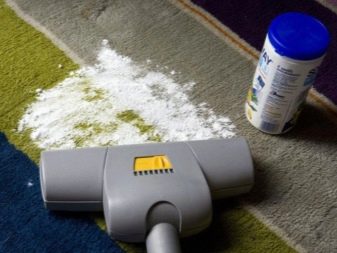

You can also apply the following tools:
-
sawdust (removes gasoline stains);
-
hydrogen peroxide (suitable for white fabrics, including silk);
-
ammonia (mixed with salt in proportions 4: 1).
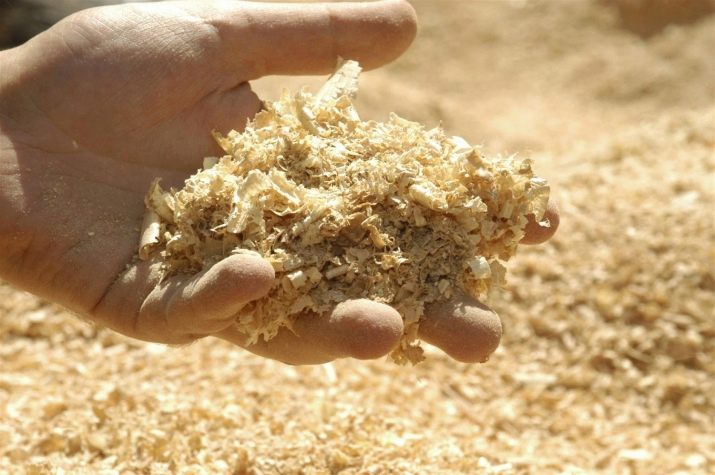
A soiled item can be cleaned at home in a washing machine... Turn the garment inside out, fold it into a protective pouch. Along with the items, put a dry cleaning agent or special dry cleaning wipes. Run the machine in drying mode for 30 minutes, the temperature should be low. When finished, hang the garment to dry completely.
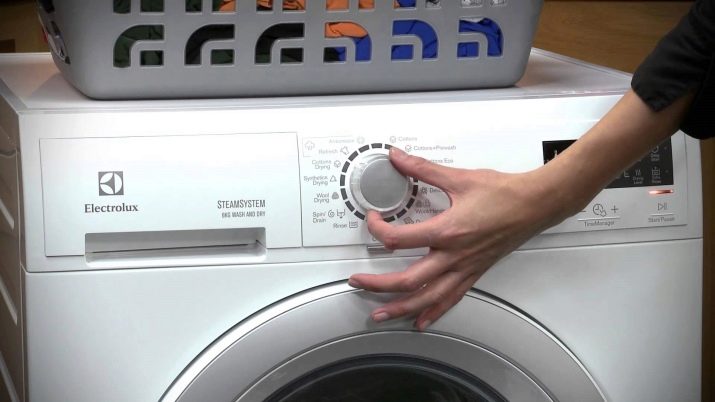
Chemical Compositions
In many cases, chemistry is more effective than home remedies. It helps to remove stubborn dirt as well..
-
"Just a minute." This is a special gel that allows you to remove even the most stubborn stains. The agent is applied to clothing, wait for the time indicated by the manufacturer, and then remove with a brush.
-
Hagerty... Perfectly cleans delicate fabrics. It is used for both manual and machine dry cleaning.
-
Spot Remover. This tool will remove traces of fat and sweets. Can be used on both clothing and furniture. The set includes a brush.
-
K2R... This spray can deal with the most severe stains: varnish, paint, gasoline.
-
Woolite... The tool is a gel, can be applied to knitwear or wool. It is not recommended to use it with shedding garments.

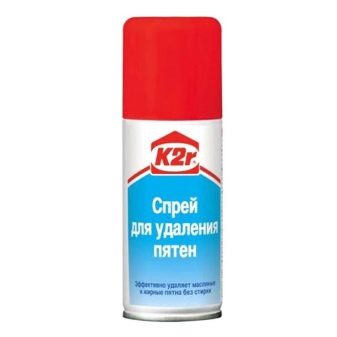
As for upholstered furniture, carpets, chairs, mattresses, all these things must be vacuumed before cleaning. If the fabric allows, you can use a vacuum cleaner with an aquafilter, but dry cleaning will also work. Then the surface of the described items is cleaned of stains. Only then should you use special aerosols and sprays for cleaning, you can also use a steam generator. Once dry, furniture and carpets are brushed or vacuumed again. It is important that the item does not stay wet.
Separately, it should be said about the technology of dry fog. This technique consists in spraying a special composition that resembles steam in appearance. Such steam does not remove stains, but it perfectly removes any, even old, odors. Most often, dry fog technology is used for dry cleaning of car interiors, smoky apartments and other rooms filled with unpleasant odors.
